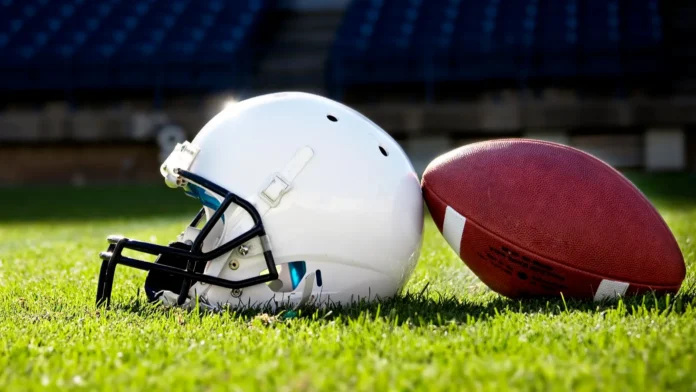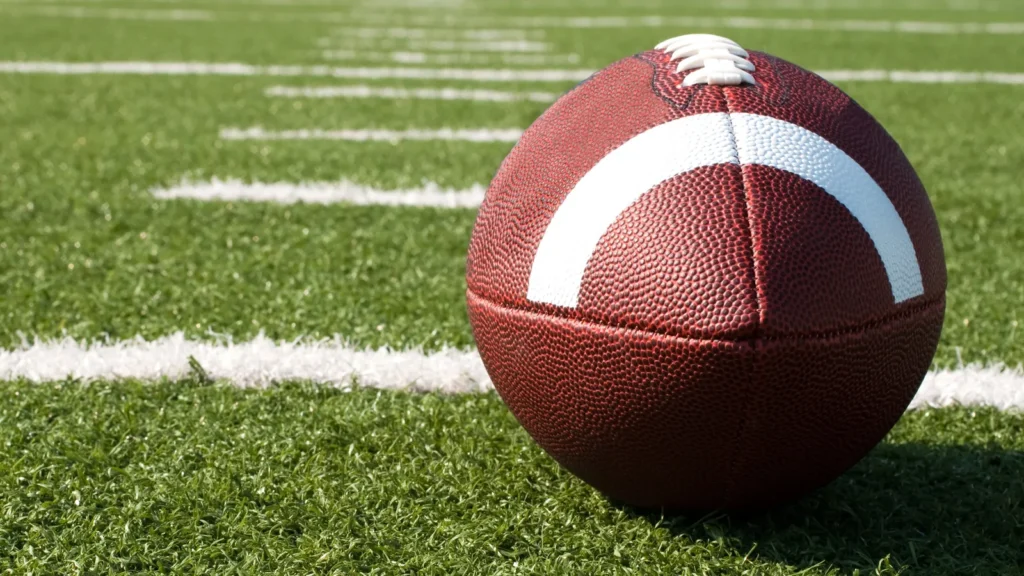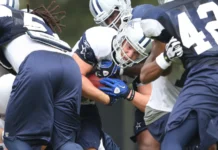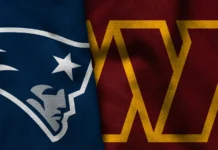
The National Football League (NFL) is much more than simply teams playing football. It’s a changing sport, year after year, adjustments are made to the rules to keep the game safer, fairer, and more exciting.
In this article, we’ll look at why and how the rules of the NFL have changed, key examples of big rule shifts, and why these changes matter for players, coaches, and fans.
Why the Rules Keep Changing

From the earliest days of professional football to today, the NFL has evolved. One major reason is player safety. As players get bigger, faster, and stronger, and as we learn more about injuries (especially head injuries), the league has made rule changes to reduce risk.
Since 2002, the NFL has made more than 50 rule changes specifically intended to eliminate dangerous tactics and reduce injuries.
Another reason is fairness and competitive balance. The league wants to make sure that no team has an unfair advantage just because of an old rule that hasn’t been updated. Rule changes help keep the game balanced for all teams.
Thirdly, the rule changes are about entertainment and the fan experience. The NFL knows that fans tune in because they want exciting plays, good competition, and a game that feels modern. So sometimes, changes are made to speed up the game, increase offense, or reduce things that fans might view as unfair or boring.
Finally, there is the rule-making process itself. The NFL’s rule-setting body, the Competition Committee, reviews ideas every year, tests experimental rules, and then proposes changes to the team owners for a vote. These changes aren’t made lightly—they often involve study, data, and sometimes major shifts in how the game is played.
Big Era Changes: Safety, Offense & Special Teams

Safety-Driven Rule Changes
Over the decades, safety has become a major driver of rule changes in the NFL. As mentioned above, more than 50 such changes have been made since 2002.
One example is the horse-collar tackle rule. After the 2004 season, the NFL banned the “horse-collar” tackle (when a defender grabs a ball carrier by the inside collar of the shoulder pads and pulls him down from behind) because it caused many serious injuries.
Another example is helmet-to-helmet contact and hits on “defenseless” receivers. Over time, the NFL has tightened rules so that defenders can’t hit receivers in a way that endangers them or lead with the helmet.
Also, special teams—kickoffs and punts—have seen rule changes to reduce full-speed collisions. For example, in 2009, the NFL banned the wedge block (three or more blockers forming a wedge for a return) on kickoffs to reduce injuries.
These changes show that as we learn more about injuries and risks, the rules adapt for safety, which also changes how the game is played.
Offense and Strategy: Opening up the Game
In addition to safety, rule changes have often made offense, especially passing and scoring, easier or more dynamic. This has shaped the style of play, which matters for coaches and fans alike.
For example, in 1978, the NFL introduced a “five-yard contact” rule (sometimes called the illegal contact rule), which limited how much a defensive player could legally contact a receiver downfield. That helped passing become more common.
In 1994, the NFL added the two-point conversion after touchdowns, giving teams another scoring option besides kicking an extra point.
Later, changes to how extra-point kicks work, like moving them further back so they became less automatic, and allowing defenses to score on conversion returns, made scoring decisions more strategic.
So, rule changes don’t just protect players; they also change how offense works and how coaches strategize. The result: the NFL today often has more passing, more scoring, and different play-calling than in prior decades.
Special Teams & Game Flow: Kickoffs, Overtime, and Technology
Special teams and the overall flow of games have also been major areas of rule change.
One very visible area is kickoffs. Kickoffs have been changed many times. For example, in 2011, the kickoff line was moved to the 35-yard line, and running starts by the kicking team were limited. These changes helped reduce high-speed collisions and concussions, and the number of kickoff returns dropped significantly.
More recently, the 2024 and 2025 seasons feature a “dynamic kickoff” rule. The formation is altered so players are closer together, movement is more restricted, and the receiving team is encouraged to return the kickoff rather than take a touchback. In 2025, this rule was made permanent.

Overtime rules have also evolved. The NFL changed the overtime rule so that in playoff games, both teams get a possession regardless of what happens on the first drive. Starting in 2025, the NFL extended this approach to the regular season, allowing both teams a possession in overtime unless the first team scores a touchdown. Regular-season overtime is limited to 10 minutes.
Finally, technology is changing the game. In 2025, the NFL approved virtual first-down measurement systems using Hawk-Eye technology and expanded its replay assist system.
All of these changes affect the pace of play, strategy, and how special-teams units prepare. They also keep the game modern and responsive to safety, fairness, and entertainment concerns.
Frequently Asked Questions
Q: Who makes the NFL rules and approves changes?
A: The NFL has a Competition Committee that studies the game, proposes changes, and brings them to the owners for a vote. The owners must approve a rule change for it to take effect.
Q: Why do rule changes sometimes get criticized by fans or players?
A: Because rule changes can affect how the game is played—sometimes making it harder for old-school styles of play or shifting advantages. Some fans feel rule changes reduce the “toughness” or “physicality” of the game. Also, change can make records or styles of play less comparable across eras.
Q: Do rule changes apply immediately?
A: Not always. Some rule changes go into effect the next season, while others start as experiments. For example, the 2024 dynamic kickoff rule was first experimental, and by 2025, it was made permanent.
Q: Are rule changes only about safety?
A: No. While safety is a major driver, changes also aim to improve fairness, competitive balance, and fan entertainment through things like offense, scoring, and pace of play.
Q: How has the style of play changed because of the rules?
A: Because of rules that protect quarterbacks, limit contact with receivers, and change special-teams formations, today’s NFL has more passing plays, more dynamic offense and special teams, and fewer big collisions on kickoffs. Offense is stronger relative to earlier decades.
Conclusion
- The NFL keeps evolving because the world around it continues to change.
- Improvements in equipment, medical research, and player performance drive updates to the game.
- Fans also influence changes through their demand for faster, more exciting play.
- Rule changes are how the league adapts to these new realities.
- Safety-driven changes help protect players, such as banning dangerous tackles.
- Offense-focused changes, like allowing two-point conversions, make games more dynamic.
- Flow-based updates, such as the new dynamic kickoff and overtime rules, keep the game fair and engaging.
- Each rule change plays an important part in shaping the future of football.
Read More
- NFL Players Who Overcame Career-Threatening Injuries To Make A Comeback
- How Jackie Robinson Changed American Sports Forever
- Greatest Super Bowl Moments That Shaped Football History
This article was made with AI assistance and human editing.


